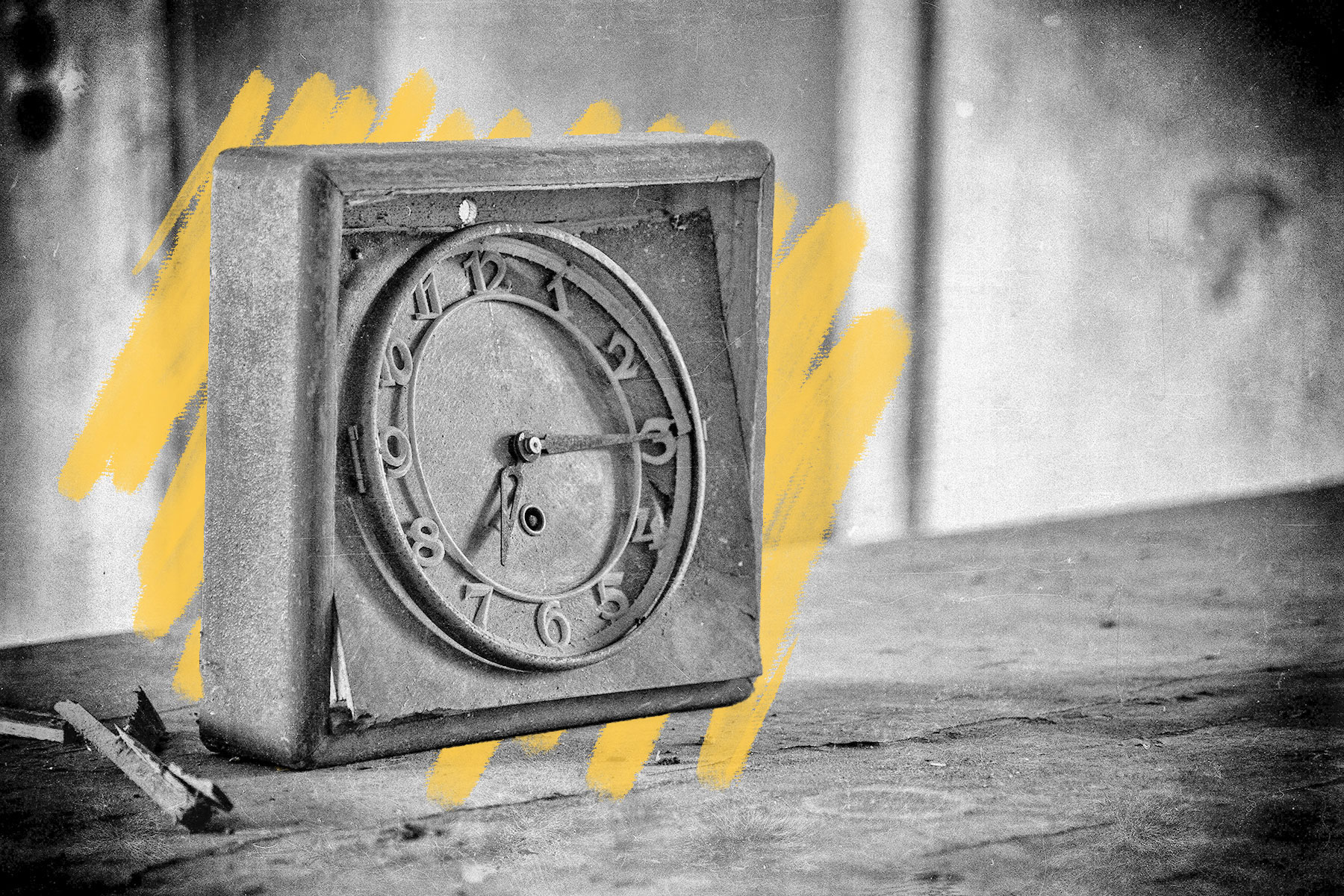The “phantom time hypothesis” claims 297 years of history never happened.
What would happen if two emperors and a pope decided to fast-forward the calendar 300 years into the future? According to the “phantom time” conspiracy theory, that’s exactly what happened around a thousand years ago in Europe. This startling hypothesis was put forth by German amateur historian Heribert Illig in his 1996 book The Invented Middle Ages: The Greatest Time-Falsification in History, which suggests the years 614 to 911 CE — a sizable chunk of the Middle Ages — never happened. Illig argues that Holy Roman Emperor Otto III, Pope Sylvester II, and possibly Roman Emperor Constantine VII conspired to make up 297 years of history — including the reign of Charlemagne, the Viking raids on Europe, and countless other historical events — in order to place Otto’s rule in the year 1000 CE. The main reason? That date was exactly a thousand years after the birth of Christ (although some scholars now believe Jesus was born closer to 4 BCE).
Illig supports his claim by pointing out discrepancies between the Julian and Gregorian calendars that could be explained by the fabricated dates. He also suggests that Otto III and Sylvester II ordered scribes to create manuscripts from the missing centuries. Historians, however, have offered considerable evidence that debunks the theory, not least of which is that Illig’s hypothesis ignores the development of other cultures around the world during those 300 years. Astronomical science offers additional proof that a royal and holy alliance didn’t invent centuries of history. As astrophysicist Brian Koberlein wrote in Forbes, “If 300 years of history were simply added to the record, the forgery would be written in the stars, and this simply isn’t the case.”















